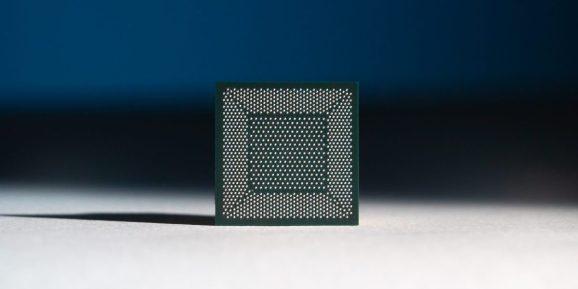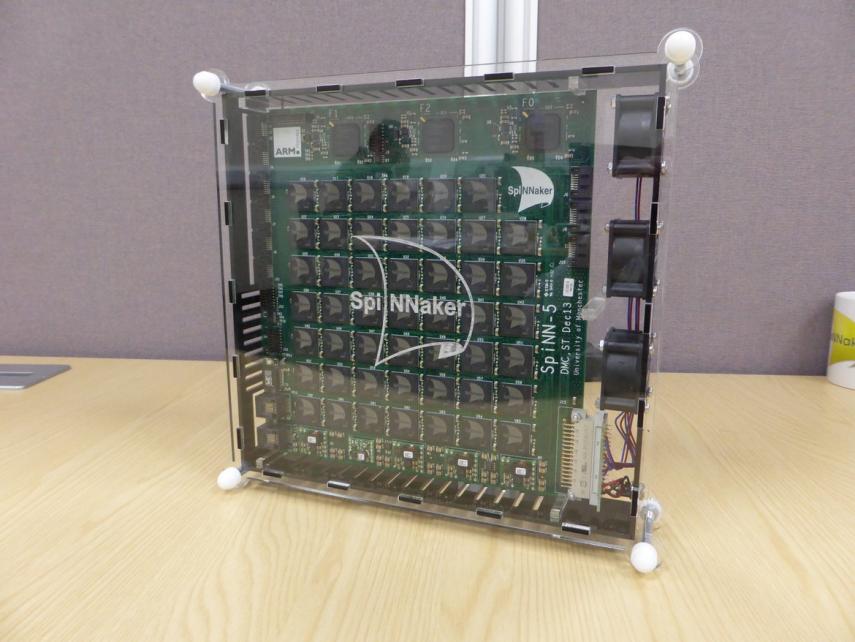The classic computing with which our computers, mobiles and other devices on the market work is no longer alone. Do you know what neuromorphic computing is? We tell you.
If you find quantum computing difficult to understand, neuromorphic computing can be considered absolutely insane. Along with quantum, biological and classical computing, the world is witnessing emerging technologies that each day show greater potential in different fields of use. Possible the future of all these technologies is to coexist by reinforcing those areas in which the classical cannot help us yet.
Of quantum computing we have already spoken on previous occasions, computers that are based on the laws of quantum physics to perform very complex problems. Well, neuromorphic computing puts the focus of attention on something that is more familiar to us, but which is also very complex, our brain.
Most of us already know in a generic way how our mobile works with classic computing. The famous binary system of 1 and 0 that has given us so much play in recent decades. However, our brains don’t work like that at all and it has proven to be a great problem-solving tool.
So in the 1960s Carver Mead, an electrical engineer at the Caltech Institute of Technology, considered the option of creating algorithms and integrated circuits with the same structure and behavior as the nervous system of animals. Mead found that the behavior of transistors is similar to the way neurons communicate with each other by transmitting electrical impulses through a mechanism known as neuronal synapses.
The complexity of the brain is such that collaboration between subjects such as physics, microelectronics, biology, mathematics, and computer science has been needed to advance those analog transistors that Mead dreamed of. Despite all the time that has passed since those first steps, researchers have not yet managed to build an artificial neuromorphic system that can match that of the human brain.
Chips capable of smelling

However, this does not mean that the progress made so far is not surprising. In 2017, Intel, one of the companies that has bet the most on the study and development of this new form of computing, presented Loihi, a neuromorphic chip manufactured with just over 130,000 neurons.
Loihi was given a lot of prominence in the media for his olfactory abilities and this neuromorphic chip was used in a research study with Cornell University to detect dangerous chemicals.
But above this quality, the most surprising thing about Loihi, which has served to continue improving this technology, is its structure, each of these artificial neurons can communicate with the thousands of neurons that make up that chip, and create a complex network communication similar to that of a biological brain.
We see this again in the successive products presented by Intel in the following years such as Pohoiki Springs, a platform with 100 million neurons, which would be equivalent to the brain of a small mammal. If this has been achieved in four years, we can expect great advances in the next decade.
- Loihi (2017) : 130,000 neurons
- Kapoho Bay (2018) : 262,000 neurons, two Loihi chips (identifies gestures in real time and read braille)
- Pohoiki Spring (2020) : 100 million neurons
Loihi’s olfactory ability is a good example of the problems that neuromorphic computing can help us solve. These systems are very good at processing data without a clear structure and that presents a lot of noise . A situation in which classical processors and algorithms do not work well, binary systems that are better at solving complex mathematical operations. This is precisely why it is said that neuromorphic computing can be the perfect companion for artificial intelligence systems.
The machine learning and pattern recognition are some of the disciplines that are expected to achieve greater compatibility: recognition programs speech, medical diagnostics, engine more intuitive search and navigation applications and logistics driven by the capabilities of the chips neuromorphic
In addition to Intel, other companies and institutions have also worked to achieve achievements in this technological field. SpiNNaker (Spiking Neural Network Architecture) is an example, developed by the University of Manchester and endorsed by the Human Brain Project in Europe. This study group was based on the traditional components but getting them to behave like the biological brain. This chip is already in its second generation SpiNNaker 2.

These artificial neurons promise to be faster and require less energy to solve problems that a conventional microprocessor is not so comfortable with. That a machine can work like the human brain does sounds scary, but it could serve to better understand what happens in our heads in diseases like Alzheimer’s or Parkinson’s.

